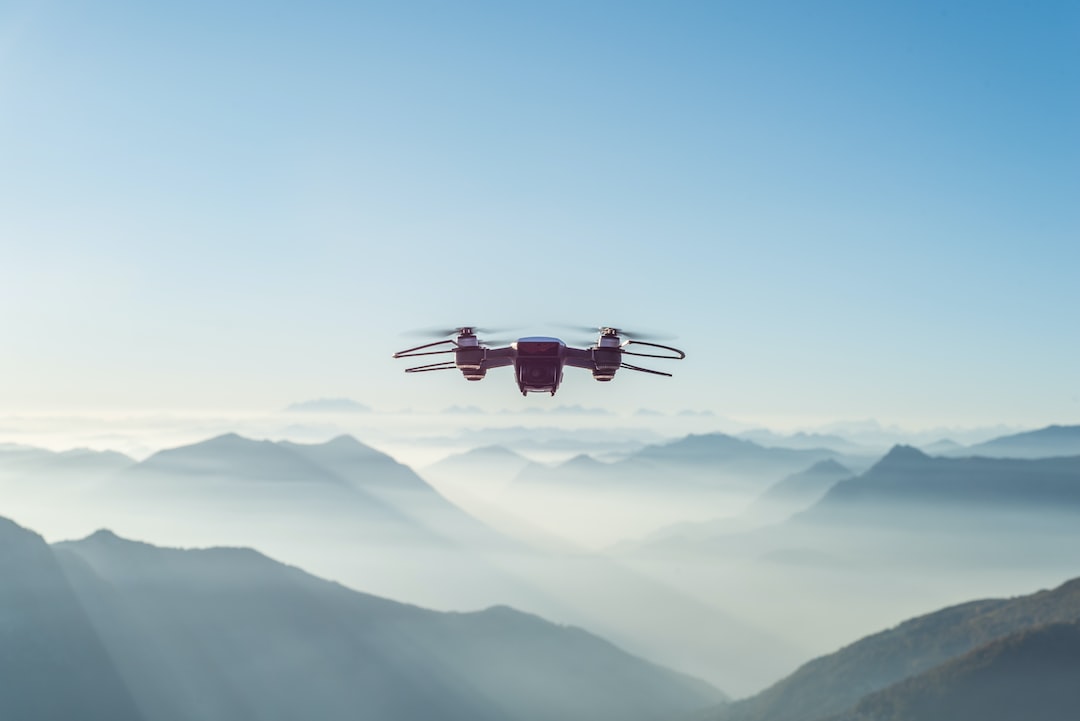The Future of Wearable Devices: Health, Fitness, and Beyond
In recent years, there has been a profound shift towards wearable devices that are not only trendy but also cater to our health and fitness needs. From smartwatches that track our heart rate to fitness bands that count our steps, these wearable devices have become an integral part of our lives. However, we are only scratching the surface of what is possible with these devices. The future holds incredible potential for wearable technology in changing our lives beyond just health and fitness.
Wearable devices have revolutionized the way we monitor our health. Gone are the days of bulky fitness trackers; today’s wearables are sleek and stylish, seamlessly integrating into our daily lives. These devices can track our heart rate, sleep patterns, and even detect abnormalities such as irregular heartbeats. They have proven to be vital in preventing potential health risks by collecting important data and alerting us when something is amiss. With the advancement of artificial intelligence and machine learning, wearable devices are becoming smarter, enabling them to provide more accurate and personalized health insights.
However, the future of wearable devices goes far beyond health and fitness. One exciting prospect lies in the field of virtual and augmented reality. Companies like Oculus and Microsoft are already creating immersive experiences with VR headsets, allowing users to step into virtual worlds. It is not far-fetched to imagine a future where wearable devices will provide us with enhanced sensory experiences, blurring the line between reality and the virtual world. Imagine attending a concert and feeling the vibrations of the music through a wearable device, or exploring a museum while receiving real-time information about the artworks through augmented reality glasses. These possibilities are becoming more and more tangible with advancements in wearable technology.
Another potential use of wearable devices is in the workplace. As remote work becomes more prevalent, companies are seeking ways to enhance collaboration and productivity for employees working from different locations. Wearable devices could provide a solution by enabling employees to virtually be present in meetings, eliminating the geographical barriers that often hinder communication. Devices like smart glasses could provide real-time translations, making it easier for teams from different parts of the world to work together effectively. Moreover, wearable devices could assist with training and onboarding, allowing new employees to receive step-by-step guidance through smart glasses or wristbands.
Moreover, wearable devices could significantly impact our daily lives by transforming the way we interact with the world around us. Think about the convenience of having all your identification documents, from passports to credit cards, stored in a secure wearable device instead of carrying them physically. With biometric sensors, such devices could authenticate your identity and streamline various processes, making everyday tasks more efficient. This technology would not only reduce the risk of identity theft but also simplify our lives by eliminating the need for multiple physical belongings.
The future of wearable devices also holds promising implications for the field of healthcare. For example, smart contact lenses embedded with sensors could monitor glucose levels in individuals with diabetes, eliminating the need for traditional finger-pricking methods. Pacemakers could be integrated into clothing, allowing patients to monitor their heart health without the discomfort of traditional implants. Wearable devices could also play a significant role in mental health, by providing personalized feedback and strategies to manage stress and anxiety levels. The possibilities for wearable technology in healthcare are vast, offering improved patient care and outcomes.
While the current generation of wearable devices primarily focuses on health and fitness, the future is undoubtedly much broader in scope. From the virtual realm to the working environment, these devices have the potential to transform the way we experience the world. Whether it is enhancing our senses, simplifying our daily tasks, or revolutionizing healthcare, wearable devices are set to become an integral part of our lives in the coming years. The possibilities are endless, and it is truly an exciting time to witness these cutting-edge advancements in wearable technology.

